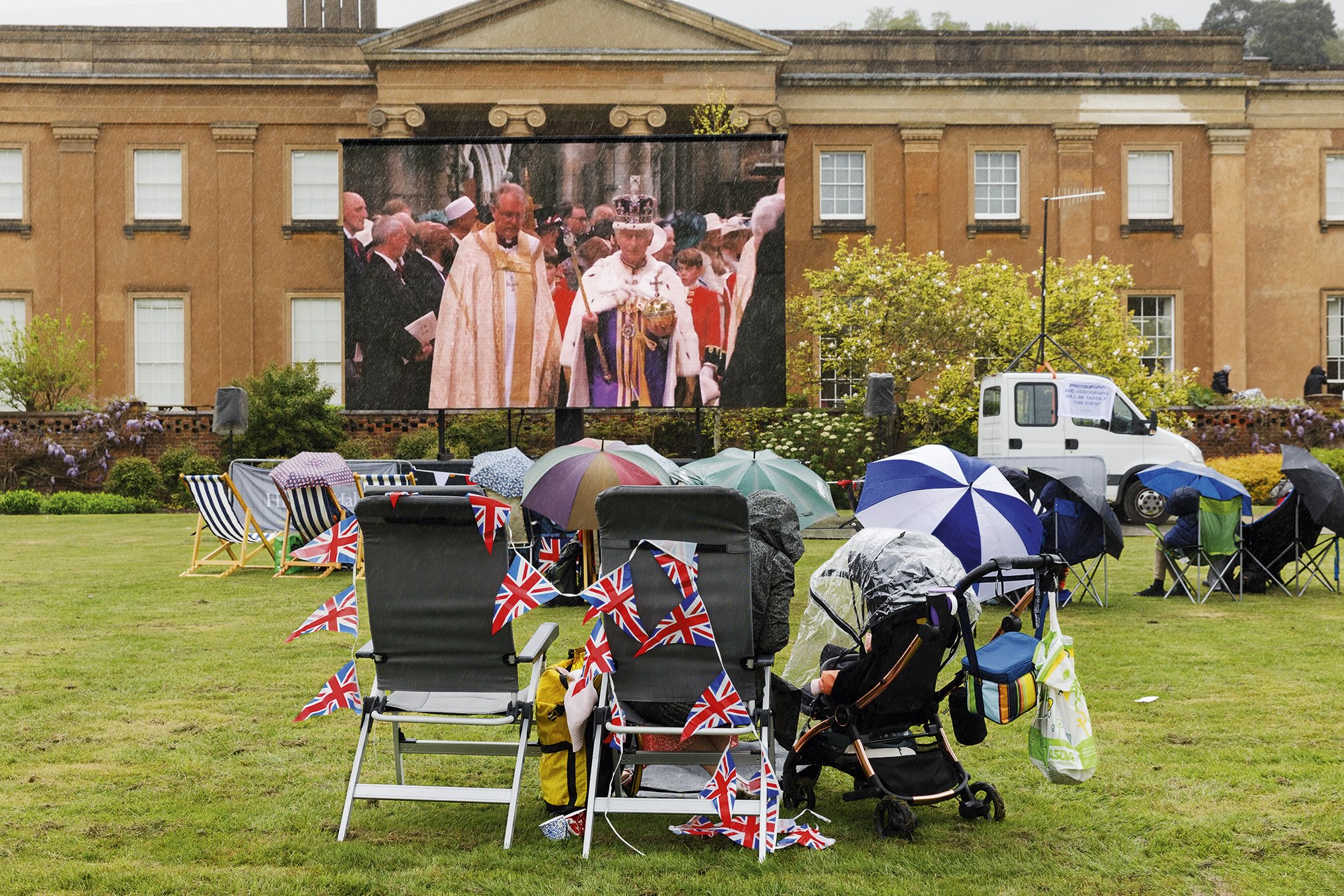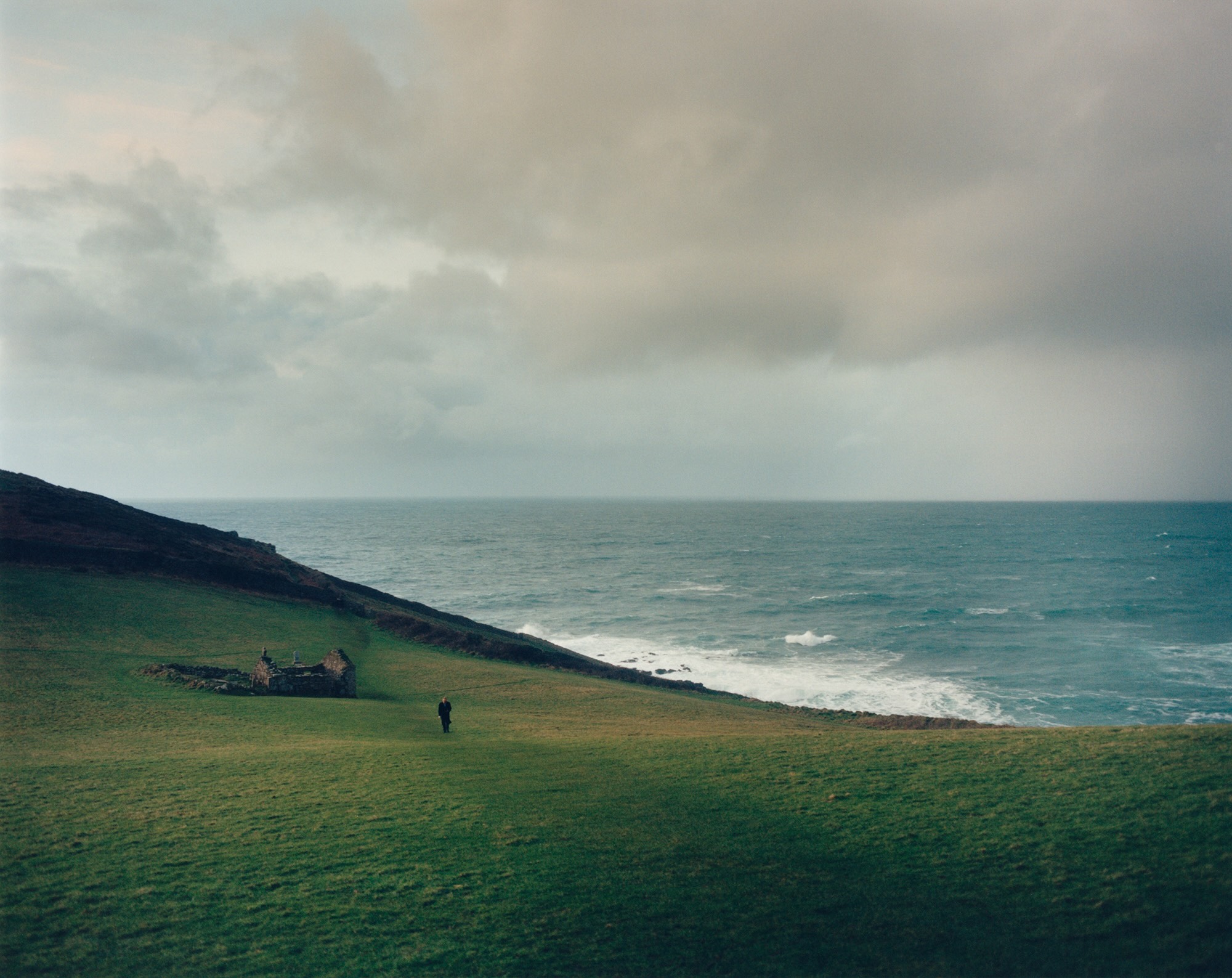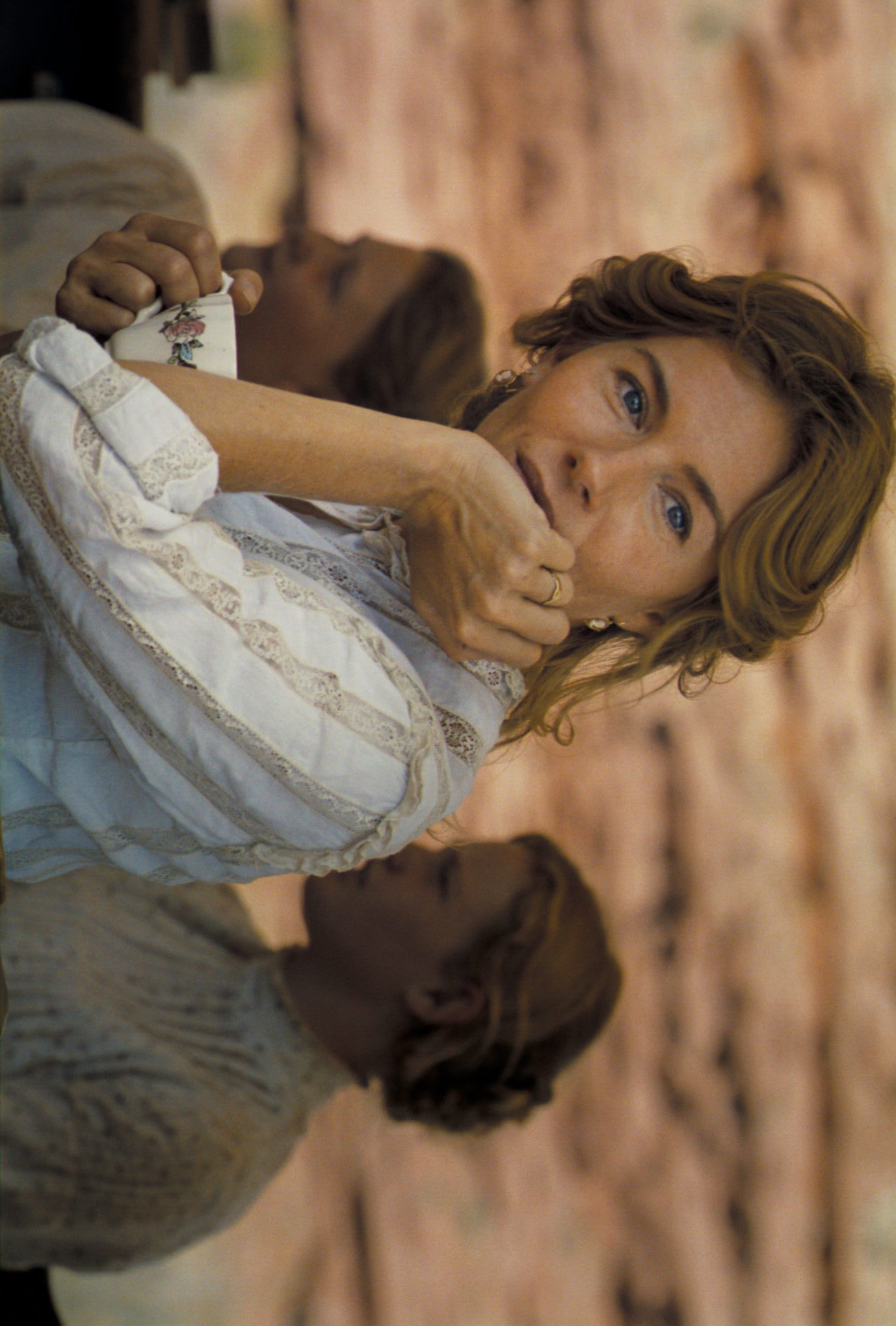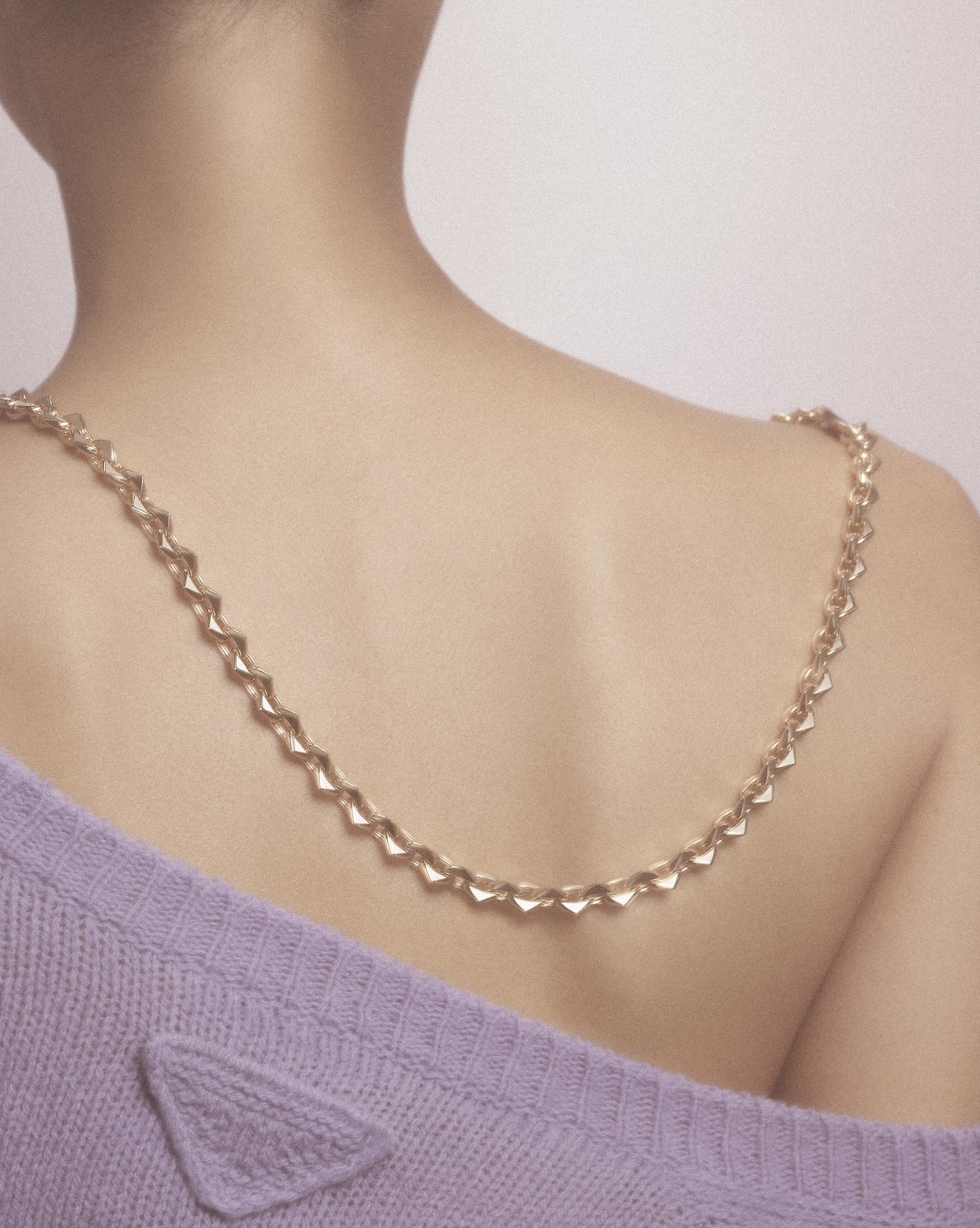Starting from 1854, Louis Vuitton has made travel to new places one of the main values of the Maison. After the City Guides and Travel Books introduced for the first time relatively twenty-five and ten years ago, Fashion Eye, in 2016, brought a breath of fresh air to the perspective of travel: fashion photographers of yesterday and today have the opportunity to photograph through their own personal lens the portrait of a city, a region, a country; emerging talents and industry legends are left free to express themselves. In black and white or in color, archival or current, the images always seem different from one another, from one volume to another, like the North and the South – each one assembles the puzzle of a constantly evolving world in its own way. This year, Louis Vuitton has produced a photographic book by Martin Parr dedicated to the United Kingdom and its aesthetic. The book features various works by the British photographer exploring UK culture, from the Glastonbury Festival to royal fandom. This splendid publication is an unusual visual journey, a race between the gray skies and the vast spaces of the United Kingdom.
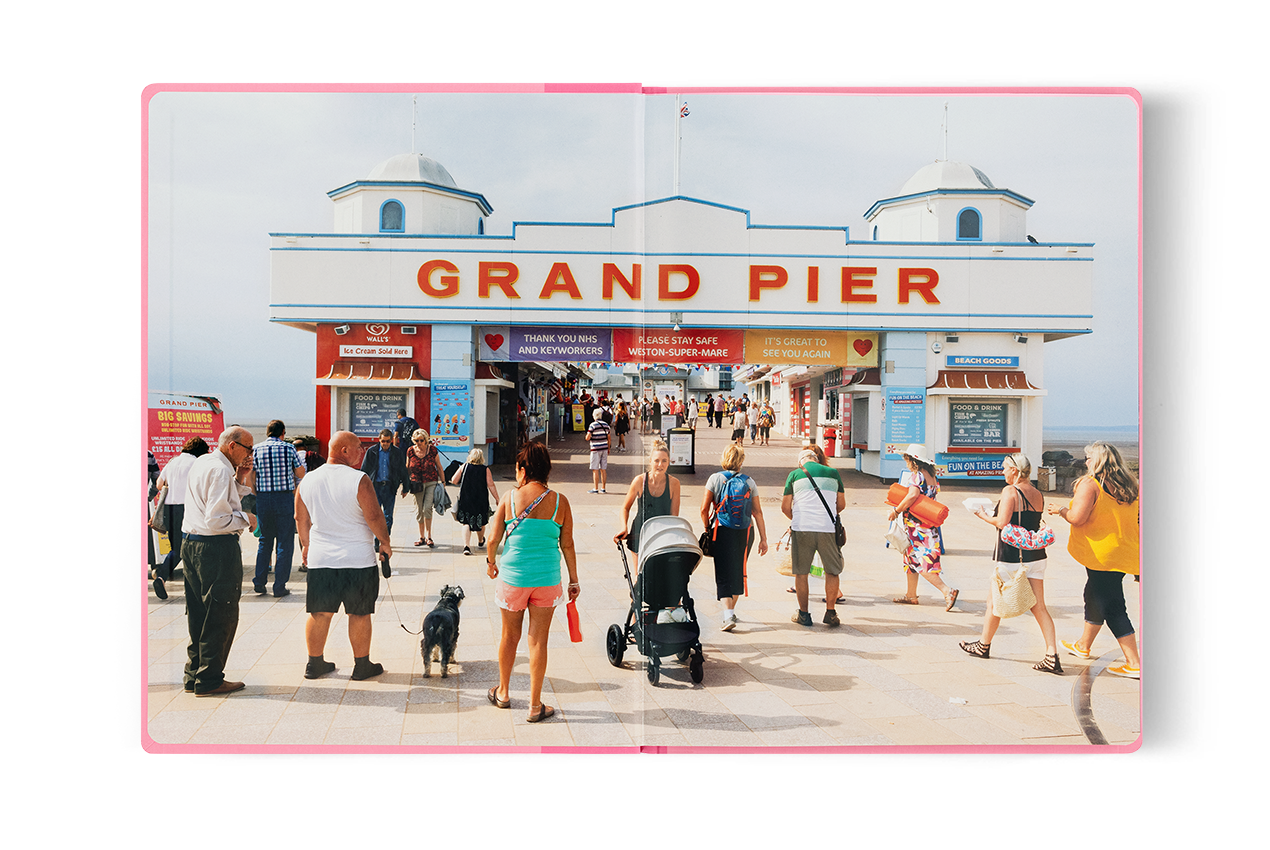
Born in 1952 in Epsom, Surrey, a suburban commuter town on the outskirts of southwest London, Parr became interested in photography at a young age, encouraged by his grandfather George, himself an avid amateur photographer and a fellow of the Royal Photographic Society. His first color project (bold, energetic, saturated) is The Last Resort, a bittersweet documentary conducted along the beaches of Brighton, a seaside suburb of Liverpool, in the early 1980s, a period of profound economic decline in the northwest of England. Between satire and not-so-subtle cruelty, Parr portrays various working-class families on holiday in New Brighton: seen through his lens, what should appear as a summer resort town takes on the gray and chaotic air of an industrial area. Parr evokes nostalgia for the 1960s, creating the first example of ruthless and lucid reportage on the end of a world – the working-class world – and its values, as well as the unstoppable advent of a new consumerist conception of life. Along the same lines is Common Sense: over 200 photographs that offer a close study of mass consumption and waste culture, particularly in the Western and European context. Combining all the elements that had characterized Parr’s photography in the 1970s and 1980s, the series follows the artist’s obsessive visual exploration of all that is discordant, vulgar, absurd. Parr excels in depicting subjects often associated with bad taste and contemporary vulgarity, which he captures with underlying cynicism and unprecedented sarcasm.
“It’s the best way to deal with photographs. Get them in a book, then no one throws them away”.
ENGLISH AND PROUD is what proclaims a patriotic tattoo etched on the back of a male neck, likely belonging to a stranger: this startling close-up succinctly expresses Martin Parr’s sentiments towards his homeland. A hundred images, some previously unseen, captured unfiltered of real-life and real people at the four corners of the United Kingdom between 1998 and today, narrate the ordinary life of the working class and sometimes, the aristocracy. A picnic, a wedding, a plunge in the midst of the sea: the recreational activities and quirks of the inhabitants of England, Scotland, Wales, and Northern Ireland are brought to light, with flash and without filters. Images filled with light, in horizontal format, non-events and grand events fill these annals of the banal, along with a folder that explores a face-off between the Glastonbury Festival and the Coronation Party, covered for the occasion. A black sheep, a white hat, a pink meringue sprinkle this painting in a pop color palette, elsewhere invaded by a weary or jubilant crowd. Two recurring emblems appear page after page: the Union Jack, a nod to Robert Frank’s The Americans, the famous photographic volume published in 1958, haunted by spleen and stars and stripes; and the umbrella, an accessory deemed indispensable in all seasons on that side of the Channel. Martin Parr maintains the same mischievous tone of his early series and cult films – Bad Weather (1982), The Last Resort (1982-1985), The Cost of Living (1989), Signs of the Times (1992) -, radiographies of the so-called Thatcher era.
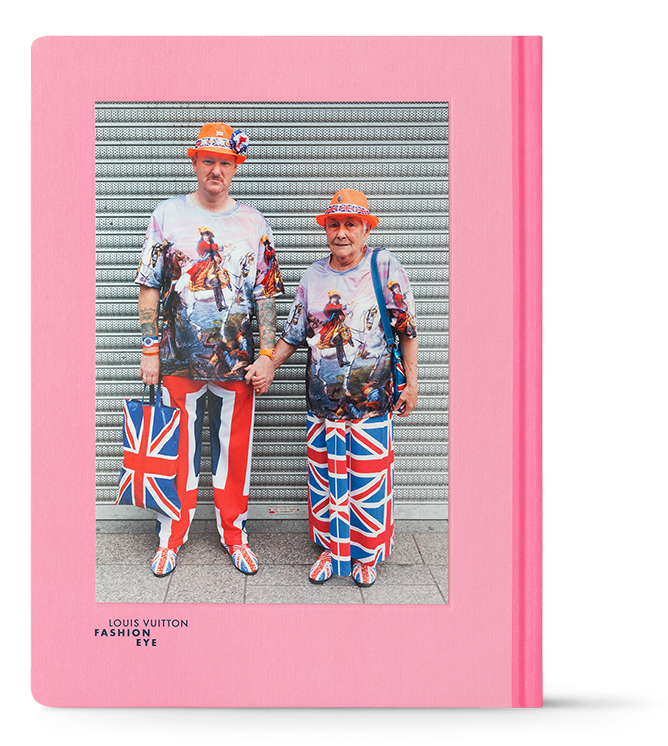
For further information louisvuitton.com.
